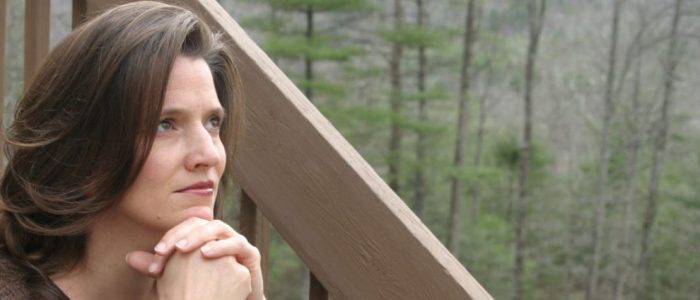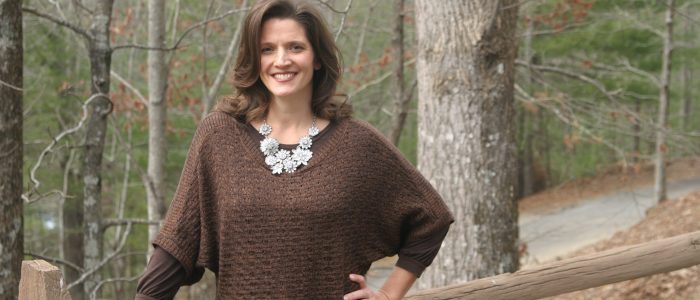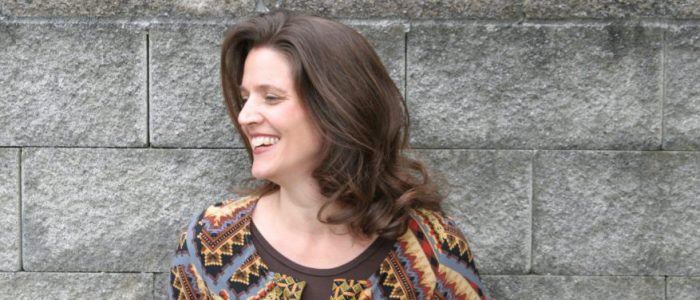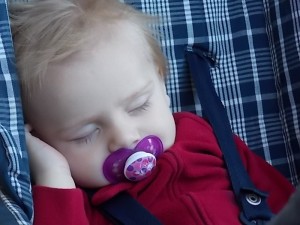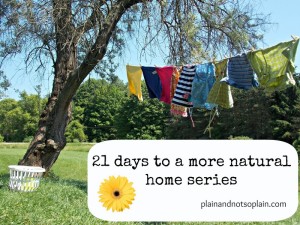I received a text from a friend, who had been working outside in the fresh air all day, and it said,
” I slept like a baby last night.”
I had to laugh for a moment and I quickly replied back,
“well, if you are one of my babies then you probably didn’t sleep very well last night.”
Lack of sleep
That has become my motto in life these past few years. We have had 6 babies in the last 8 years and I admit, I am tired. But I am still amazed at all that God enables me to do on so little sleep. It is like it is inbred in my soul, to want to do, do do, and I just keep going and going. I don’t understand it at times, I just chalk it up to God saying, “it is what He wants me to do right now in my life.” that is all plain and simple.
So I thought it would be fun to look up interesting facts on sleep.
Here is a list of 20 interesting facts on sleep.
- Man is the only mammal that willingly delays sleep.
- The world record for not sleeping was set by 17-year-old Randy Gardner in 1964 when he was awake for 264 hours and 12 minutes.
- The 1989 Exxon Valdez oil spill off Alaska, the Challenger space shuttle disaster and the Chernobyl nuclear accident have all been attributed to human errors in which sleep-deprivation played a role.
- Humans sleep on average around three hours less than other primates like chimps, rhesus monkeys, squirrel monkeys and baboons, all of whom sleep for 10 hours.
- Ducks at risk of attack by predators are able to balance the need for sleep and survival, keeping one half of the brain awake while the other slips into sleep mode.—I so need to be able to do this.
- In general, most healthy adults need seven to nine hours of sleep a night. However, some individuals are able to function without sleepiness or drowsiness after as little as six hours of sleep. Others can’t perform at their peak unless they’ve slept ten hours.
- Shift workers are at increased risk for a variety of chronic illnesses such as cardiovascular and gastrointestinal diseases.—The body never adjusts to shift work!
- When you die you will have slept about 1/3 of your life, which for the average person is approximately 25 years.
- The British military figured out a way to reset soldiers’ body clocks so they can go without sleep for up to 36 hours by simulating a sunrise on their retinas.
- Both whales and dolphins literally fall half asleep. Their brain hemispheres take turns so they can continue surfacing to breathe.
- If it takes you less than five minutes to fall asleep then very likely you are sleep deprived. The ideal amount of time is about 10 minutes.
- It’s impossible to tell if someone is really awake without close medical supervision. People can take cat naps with their eyes open without even being aware of it.
- Humans can survive longer without food than they can without sleep.
- During the first two years of a baby’s life, new parents will miss six months of sleep on average.
- Giraffes sleep only 1.9 hours a day in five- to 10-minute sessions. Koalas, however, are the longest-sleeping mammals, sleeping up to 22 hours a day.
- The average amount of time people sleep has dropped from nine hours in the pre-light bulb era to seven-and-a-half hours today.
- A snoring partner wakes his non-snoring partner an average of 20 times per night, with an average sleep loss of one hour a day.
- One in four married couples sleep in separate beds.
- Approximately 74% of stay-at-home moms report they have insomnia almost every night.
- Experts say one of the most alluring sleep distractions is the 24-hour accessibility of the internet.–anyone up for reading blogs tonight!!!
sleep well……………………….

